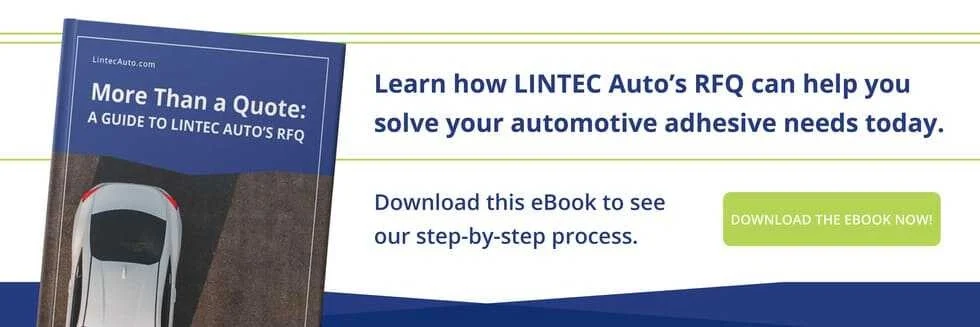How Top Suppliers Meet Automotive OEM Price Points

The automotive supply chain is as competitive as ever. Automotive OEMs continue to wield incredible power to name price points and skip over suppliers who are unable to meet them. So how are the top suppliers meeting OEM price needs while remaining sustainable? The answer lies at the intersection of three things:
- VALUE: Products add long-term value to the OEM, which reframes the up-front purchase price and rewards initial price point concessions.
- FLEXIBILITY: Production can scale to a variety of price points and meet the OEM where they want to be.
- EFFICIENCY: Lean practices cut costs, save time, and improve quality.
The best suppliers balance all three to achieve maximum value that scales appropriately to any OEM price point. Lets take a closer look at the impact of each area:
Add Value to OEM Price
Price isnt everything. This initiative is fully on display in the Trelleborg Solution, the guiding philosophy of gasket supplier Trelleborg Sealing Solutions. Their business makes a clear distinction between price and value, prioritizing total value of ownership over the up-front cost. The idea is that the customer realizes tangible business benefits from a supplier model that improves its total value assessment with value-added processes and products.
Manufacturing.net gives a great example: A mid-market OEM mightout of competitive interesttake a look at upgrading to a suppliers hydraulic control system, but balk at the price (generally 2-4 times that of a mechanical system). In this situation, the supplier can demonstrate the many value-added benefits of the hydraulic system, such as:
- Improved throughput
- Improved machine reliability
- Fewer extraneous components
- New customer markets
All of these taken together may show a total value of ownership (TVO) that outweighs a lower initial OEM price.
Adjust the Product to Match OEM Price
Top suppliers are highly interested in hearing an OEM price target out of the gate. This is because the best suppliers have the manufacturing capability to hit multiple tiers of quality, according to the budget of the OEM.
For example, an OEM may be accustomed to $10 per unit for a particular dashboard element. This may be the standard in the industry to meet typical quality expectations. If the OEM approached a well-established supplier and set a target price of $5 or $7, however, the supplier is still likely to agree. This is because they can adjust their product to match the price you want to payalthough quality expectations should also be adjusted accordingly.
Its critical to hold a transparent discussion around the OEM price goal and the end product theyll achieve at that cost. Even if the supplier cant meet the upfront price and quality goals, there may be a way of adjusting the order volume, or substituting particular parts or materials, in order to reach a win-win agreement.
Create a Culture of Self-Improvement
In the competitive automotive industry, suppliers who best meet OEM price demands are the ones who earn business. It takes continuous self-improvement to lower per-unit costs and survive through weak periods in the market. This may involve initiatives such as:
- Self-assessment through market analysis and sales reports
- An internal audit (by an impartial outside expert)
- Soliciting suggestions from workers for operational improvements
- Freeing up management time for focus on long-term goals
- Implementing compensation systems or motivational initiatives for employee excellence
Turning an inward eye and taking self-improvement seriously is the only way to avoid the inefficiencies that bake themselves into daily operations. Wasteful practices can fly under the radar because thats how its always been done, but eliminating them creates cost-downs that help you meet OEM prices.
It takes all 3 elementsvalue, flexibility, and efficiencyto put your best foot forward.

